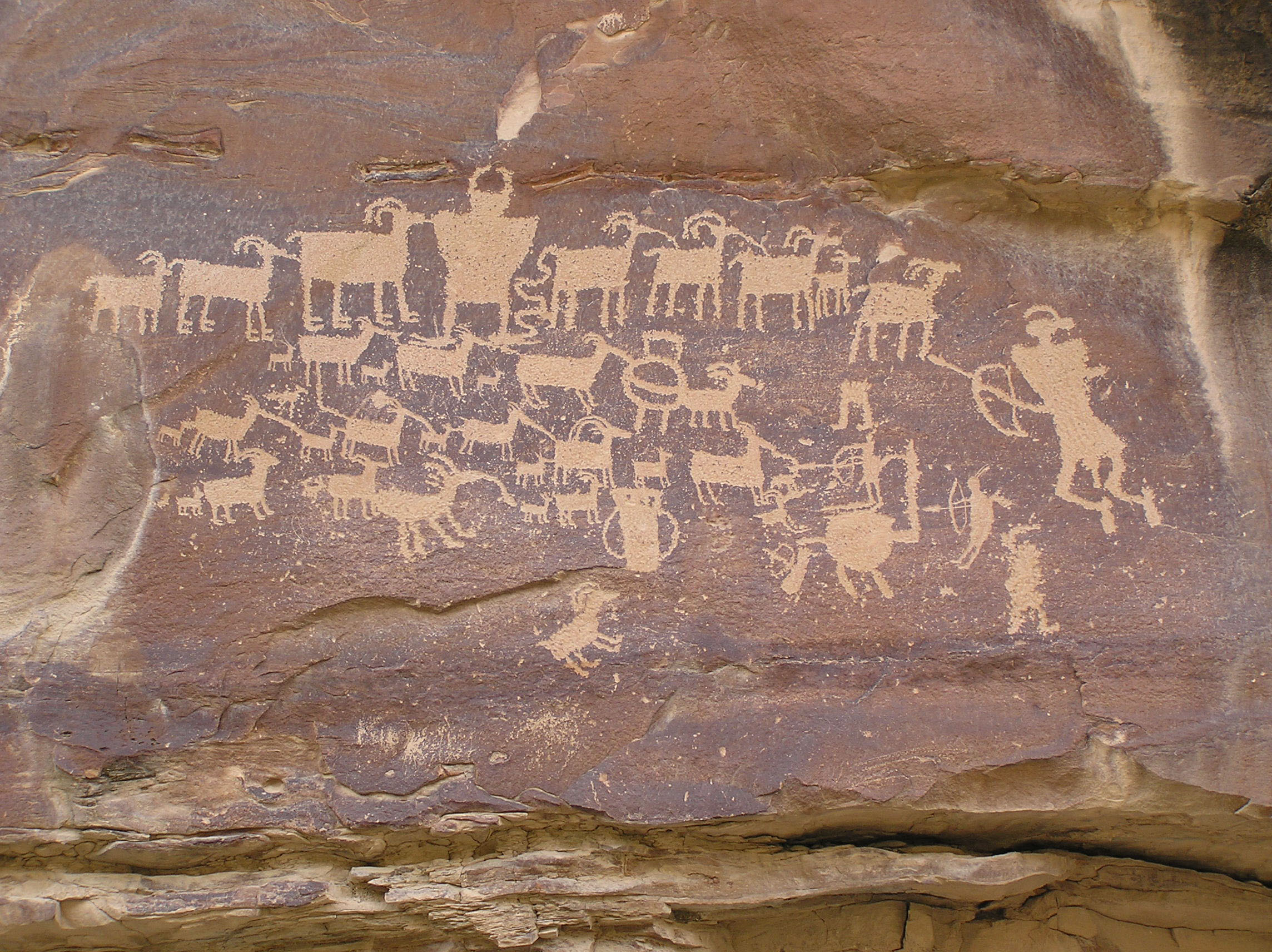Across the world's great deserts, a mysterious sheen has been found on boulders and rock faces. These layers of manganese, arsenic and silica are known as desert varnish and they are found in the Atacama desert in Chile, the Mojave desert in California, and in many other arid places. They can make the desert glitter with surprising color and, by scraping off pieces of varnish, native people have created intriguing symbols and images on rock walls and surfaces.
How desert varnish forms has yet to be resolved, despite intense research by geologists. Most theories suggest it is produced by chemical reactions that act over thousands of years or by ecological processes yet to be determined.
Professor Carol Cleland, of Colorado University, has a very different suggestion. She believes desert varnish could be the manifestation of an alternative, invisible biological world. Cleland, a philosopher based at the university's astrobiology center, calls this ethereal dimension the shadow biosphere. "The idea is straightforward," she says. "On Earth we may be co-inhabiting with microbial life forms that have a completely different biochemistry from the one shared by life as we currently know it."



















With your current subscription plan you can comment on stories. However, before writing your first comment, please create a display name in the Profile section of your subscriber account page.